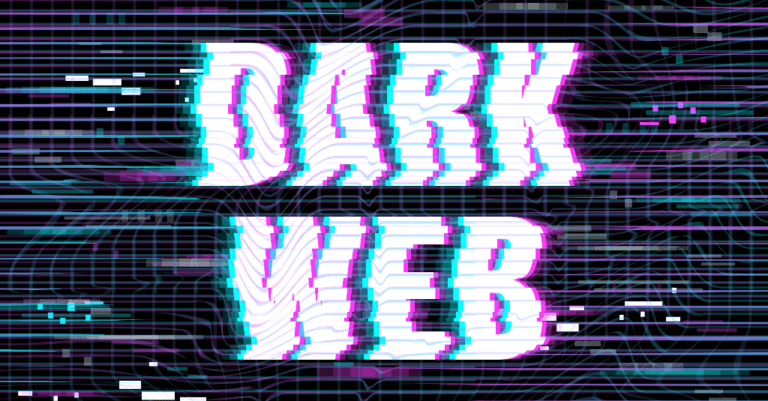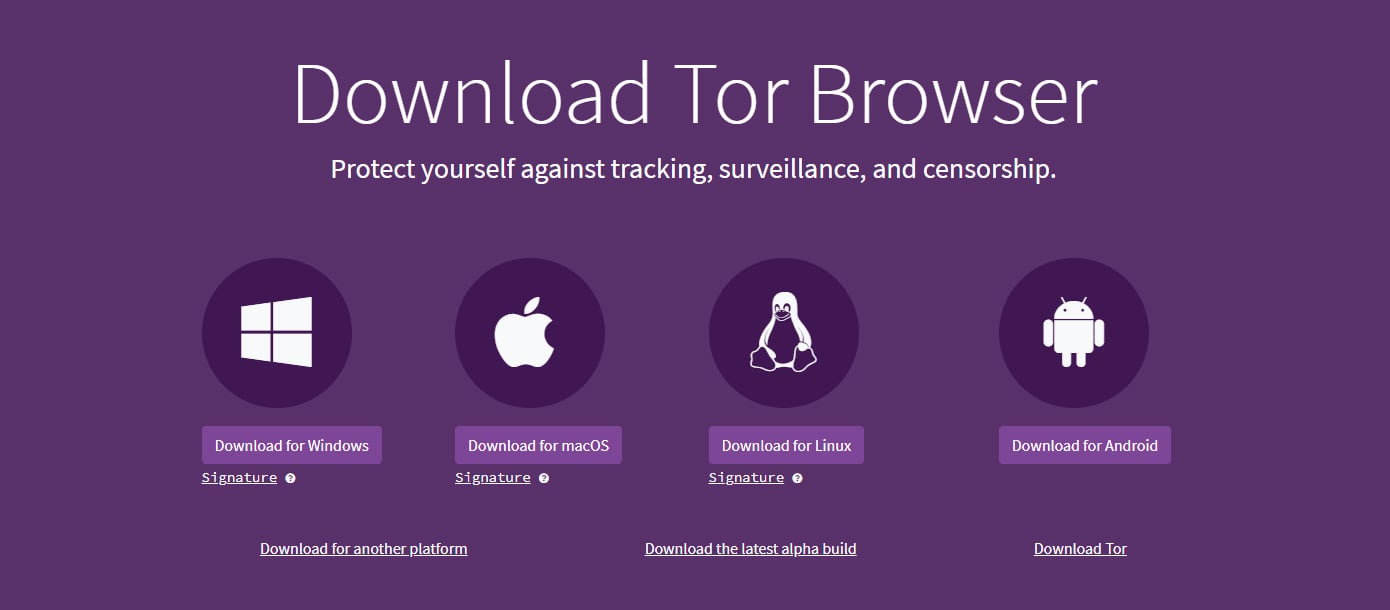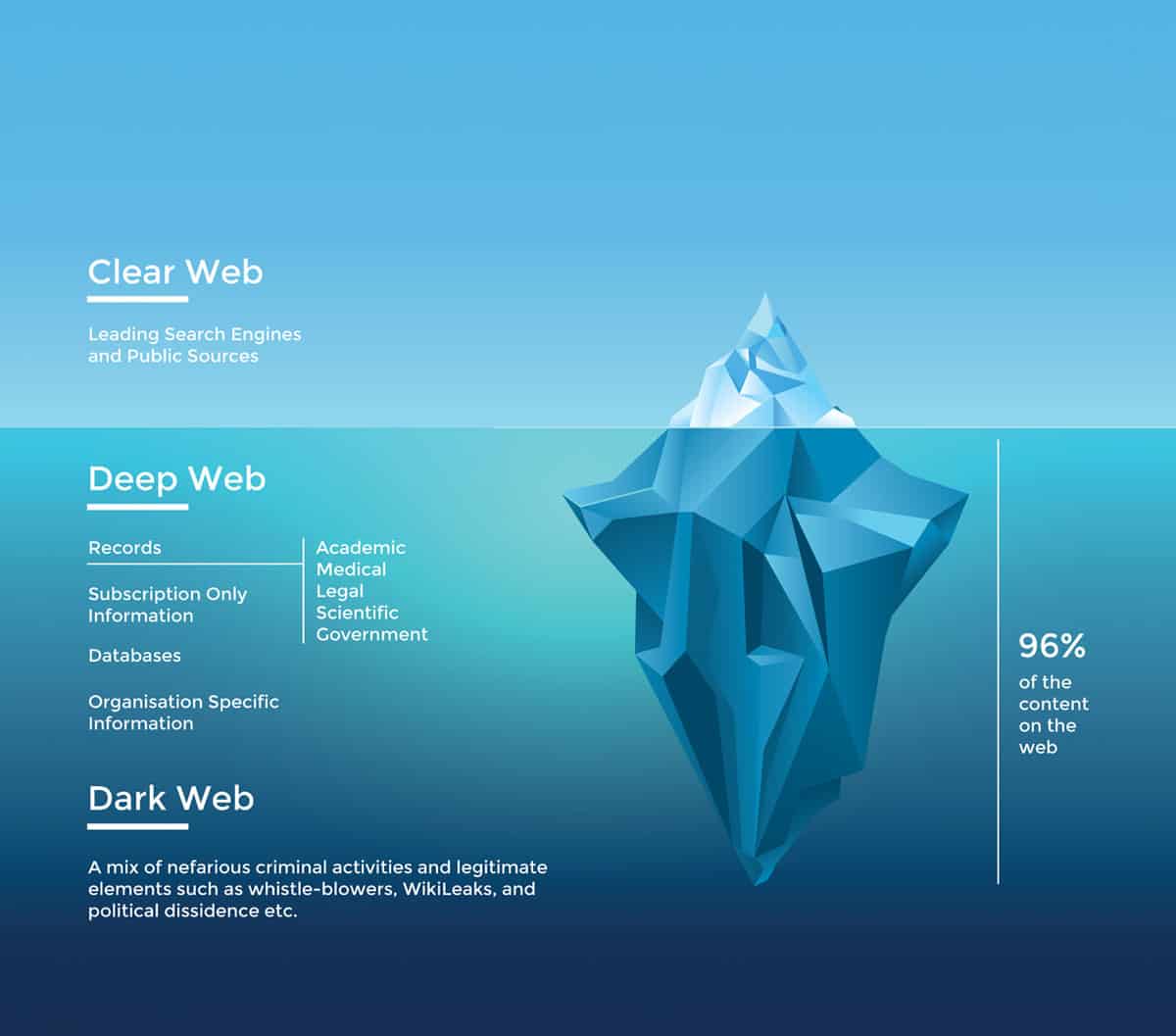The dark web is a fascinating and often misunderstood part of the internet that exists beyond the reach of conventional search engines. It comprises a collection of websites that are not indexed by standard browsers and require special software to access. This hidden layer of the internet is part of the larger deep web, which encompasses all content that is not indexed by search engines. While the deep web includes benign and legitimate content, the dark web has garnered a reputation for being a hub of illicit activities.
What is the Dark Web?

The dark web refers to encrypted online content that is intentionally hidden from the public. Unlike the surface web, which can be accessed through common browsers like Chrome or Firefox, the dark web requires specific tools such as the Tor browser to navigate. The Tor network allows users to access websites with the ".onion" domain, providing a layer of anonymity by routing internet traffic through multiple servers.
This anonymity is crucial for many users who seek privacy for various reasons, including political dissent, journalistic activities in oppressive regimes, or simply a desire to maintain personal privacy online. However, this same anonymity has made the dark web notorious for hosting illegal activities such as drug trafficking, weapons sales, and other forms of cybercrime.
How Does it Work?

To access the dark web, users typically follow these steps:
Download Tor Browser: This specialized browser enables users to connect to the Tor network.
Use a VPN: Many users opt to use a Virtual Private Network (VPN) to add an extra layer of security and anonymity.
Navigate to.onion Sites: Once connected through Tor, users can visit websites that end with ".onion," which are only accessible through this network.
The Tor network operates on a principle known as "onion routing," where data is encrypted in layers, similar to an onion. Each layer is decrypted by different nodes in the network, ensuring that no single node knows both the origin and destination of the data. This complex routing system makes it extremely difficult for anyone to trace user activity back to their physical location.
The Difference Between Dark Web and Deep Web

While often used interchangeably, the terms "dark web" and "deep web" refer to different aspects of online content:
Deep Web: This includes all parts of the internet that are not indexed by search engines. This can consist of databases, private corporate sites, medical records, academic resources, and more. Accessing deep web content usually requires specific credentials or knowledge of where to find it.
Dark Web: A small segment of the deep web that has been intentionally hidden and is inaccessible through standard browsers. It requires special software like Tor for access and is known for its association with illegal activities.
Activities on the Dark Web
The dark web hosts a wide range of activities—some legal and some illegal. Here are some common uses:
Illegal Activities: Many associate the dark web with criminal enterprises. Markets for drugs, counterfeit currencies, stolen data, hacking services, and illegal pornography thrive in this environment due to its anonymity.
Whistleblowing: Journalists and whistleblowers often use dark web platforms to share sensitive information without revealing their identities. Websites like SecureDrop allow sources to submit documents anonymously.
Privacy-Conscious Users: Individuals concerned about government surveillance or corporate tracking may use the dark web for discussions or transactions that require confidentiality.
Forums and Communities: There are various forums on the dark web where people discuss topics ranging from technology to philosophy without fear of censorship.
Risks Associated with Dark Web Usage
While there are legitimate reasons for accessing the dark web, it comes with significant risks:
Legal Consequences: Engaging in illegal activities on the dark web can lead to severe legal repercussions if caught by law enforcement agencies.
Scams and Fraud: The anonymity that protects users also attracts scammers who may exploit unsuspecting individuals through fraudulent schemes.
Malware Threats: Many sites on the dark web are riddled with malware designed to compromise user devices or steal personal information.
Exposure to Disturbing Content: Users may inadvertently encounter disturbing or illegal content that could have psychological effects.
Navigating Safely on the Dark Web
For those who choose to explore this hidden part of the internet, safety should be a priority:
Use Strong Security Measures: Always employ a VPN alongside Tor to enhance privacy.
Avoid Sharing Personal Information: Never disclose identifiable information while browsing.
Stay Informed: Understand potential risks associated with specific sites or transactions before engaging.
Use Trusted Resources: Stick to well-known forums or marketplaces that have established reputations within the community.
The dark web is a complex realm that embodies both intrigue and danger. It serves as a refuge for those seeking anonymity but also harbors significant risks associated with illegal activities and cyber threats. Understanding what constitutes this hidden part of the internet can help individuals navigate it more safely while recognizing its dual nature as both a tool for privacy and a platform for illicit behavior.
As technology continues to evolve, so too will methods for accessing and utilizing both the deep and dark webs. Awareness and education about these areas remain crucial as they become increasingly relevant in discussions about privacy, security, and freedom of expression in our digital age.
